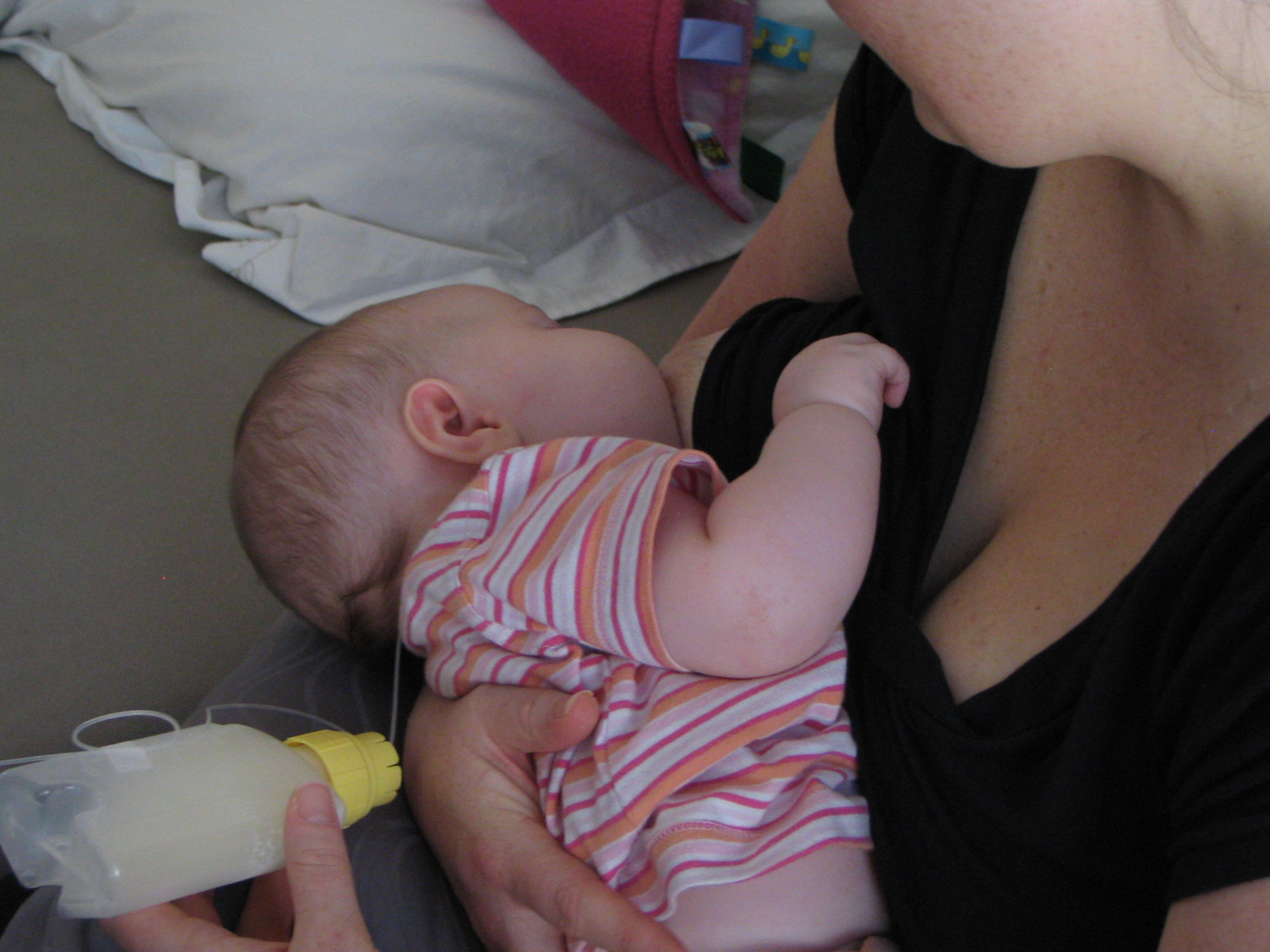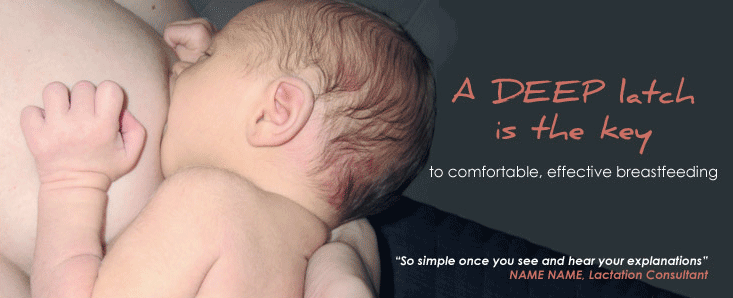
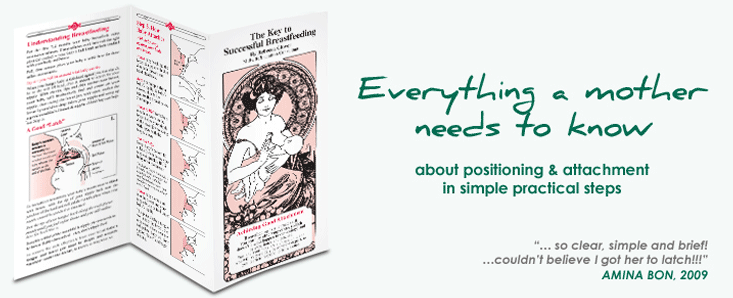
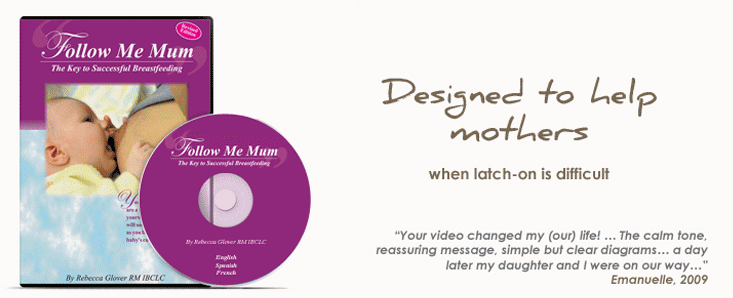
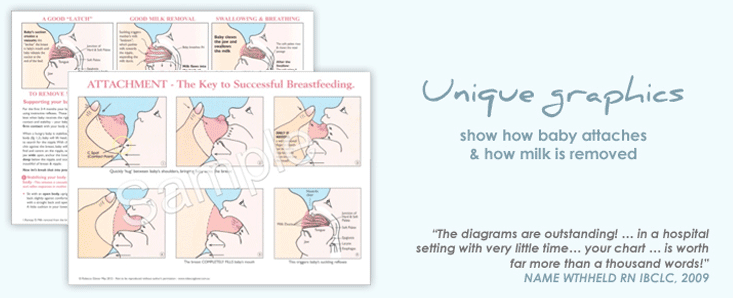
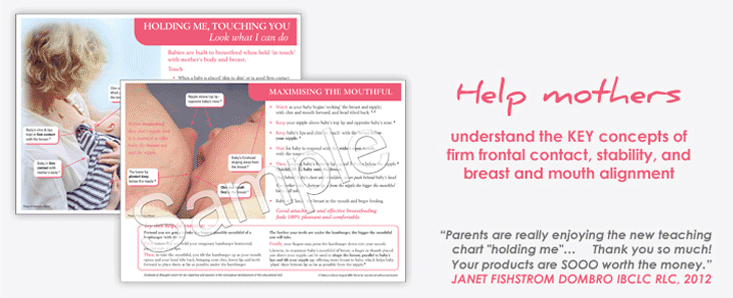
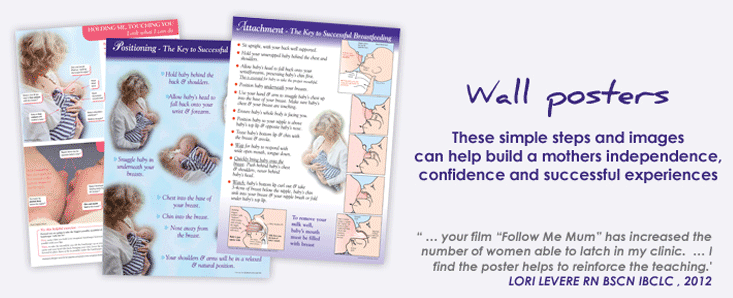
Supplementing at the Breast - Leonies Tips
Supplementing at the breast is a way to give your baby extra milk during a breastfeed, via a tiny soft tube that is positioned alongside your breast and nipple. As baby attaches both breast and tube go into baby’s mouth and as baby breastfeeds the extra milk baby receives via the tube allows baby to feed at the breast until they are satisfied.
This has the potential to: keep baby feeding at the breast if a mothers supply is low or if a baby is unable to remove the milk effectively enough - stimulate more ‘let downs’, increasing the amount of milk baby removes from the breast during a feed, gradually increasing the milk supply, (Baby may take increasing amounts of milk from the breast and reducing amounts of extra milk) - encourage coordinated and effective suckling - save time because breastfeeding and supplementation happen at the same time.
For this process to work successfully baby needs to be able to attach deeply and comfortably at the breast, if you are experiencing any attachment difficulties seek help from an experienced Lactation specialist and see Rebecca Pamphlet ‘The Key to Successful Breastfeeding’ or the DVD “Follow Me Mum”
Simple Steps for Supplementing at the breast
Equipment you need: Container for milk, fine soft tubing, hypoallergenic paper tape, or a commercially produced supplementer.
Ensure all equipment is cleaned thoroughly in hot soapy water, rinsed well and air dried if you are only using your own breastmilk or sterilized if you are using formula. Flush the tubing thoroughly using a syringe or by squeezing the soft bottle to force the hot wash and hot rinse water through the tubing.
Place breast milk or formula in the container/bottle and position the container of milk safely to prevent spillage. (See separate tips for using the Medela SNS below)
Tape the tubing to your breast, where the middle of baby’s bottom lip will be on the breast during breastfeeding, extend the tip of the tubing approximately .5-1cm past the tip of your nipple. You will need to experiment to find the length that works well for your baby. As baby attaches the tubing needs to come to rest just clear of your nipple at the back of baby’s mouth where suction is created during breastfeeding. As shown in the diagram below.
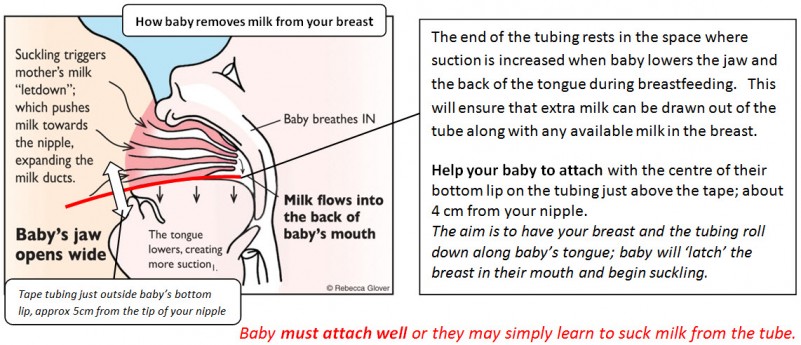
Once baby is attached:
1. Watch the tubing to see if milk is sucked up along the tube and into baby’s mouth.
2. Position the container of milk at about the height of your nipple during breastfeeding.
This will allow baby to control the flow of milk, just as they do from the breast.
Ensure milk can flow freely along the tube, by ensuring air entry into the container.
Breastfeed normally, allowing baby to finish the first breast before offering the second side.
Leonie’s Tips for using the Medela SNS
(Leonie is a mother who used the SNS for 14 mths with her first baby who had low suction and soft palate issues and is using it again for half the feeds for her second baby who appears to have similar issues)
The Medela SNS has the facility to clip the tubing on and off as needed which is helpful.
Place your expressed breast milk or formula in the bottle and screw the cap onto the bottle as shown in the instructions and clip off both tubes, leave one tube free to be taped to your breast. Loop the second tube around and tape it to the side of the bottle with the tip of the tube near the bottom of the bottle.
At the beginning of the feed, with the tubing clipped off, you can simply tuck the SNS bottle into the top of your bra or clothing (even under your chin) as you position and tape the tubing.
Positioning & taping the tubing (also see above - these are extra tips for SNS)
The end of the tubing tends to curl slightly, use this to your advantage and tape the tubing with the curl towards your nipple. This helps to stabilize it against your nipple as baby is attaching.
It does take practice and patience, especially in the beginning, but you become quite skillful at using the centre point of baby’s bottom lip to stabilize the tubing against your breast while the curved end is resting on your nipple.
 Once baby is attached well and begins sucking, hold baby using a cradle hold (as per Rebecca Glovers attachment materials). Tuck baby’s lower shoulder in under your breast with your forearm and wrist and with your free hand transfer the bottle to your hand, holding it just behind baby’s chest. You can unclip both the tubes immediately OR if your baby can feed well for a period you may choose to wait for signs that they need the extra milk before you unclip the tubes.
Once baby is attached well and begins sucking, hold baby using a cradle hold (as per Rebecca Glovers attachment materials). Tuck baby’s lower shoulder in under your breast with your forearm and wrist and with your free hand transfer the bottle to your hand, holding it just behind baby’s chest. You can unclip both the tubes immediately OR if your baby can feed well for a period you may choose to wait for signs that they need the extra milk before you unclip the tubes.
When you unclip the tubes watch for the milk to travel down the tube into baby’s mouth and a fast flow of bubbles (like Champagne bubbles) begin to rise up through the milk in the bottle. You should see a constant flow of bubbles during baby’s sucking bursts and only occasional or no bubbles when baby pauses.
If the flow of bubbles is slow or intermittent it indicates that the tubing is not in the best position in baby’s mouth. Watch the bubbles through a few sucking bursts, but if it doesn’t improve, clip the tubing off, take baby off the breast and try again.
If the milk is warm at the beginning of the feed as you unclip the tubes for the first time milk may begin to flow up and out of the tubing that is taped to the bottle. Clip that tube off and allow baby to feed for 2-3 mins before unclipping it again. Expect to see the milk wiz down the tubing followed by the fast flow of bubbles in the bottle, indicating that the tubing is in the right place and baby is feeding well.
Adjusting the flow of milk to baby:
Raising the bottle above your nipple level will increase the flow of milk to baby, and holding it lower than your nipple will slow the flow of milk.
Holding the bottle just behind my baby’s back at about nipple height has worked well for my babies. You may find using the neck cord and a different position works best for you. See the recommended reading for more information.
Last tip: Immediately or ASAP after the feed flush the tubing through with hot water and detergent, then it can be left to wash more thoroughly when you have time.
My very best wishes to you and your baby,
Leonie
Further Recommended Reading:
Catherine Watson Genna. Selecting and Using Breastfeeding Tools. Hale Publishing 2009 65-108.


